Developer events are an essential part of building relationships, nurturing communities, and driving awareness – but not every event hits the mark.
So, drawing from my years of experience in developer marketing roles at companies like RingCentral, MuleSoft, and Tigera, I’m here to share the keys to hosting developer events that make an impact.
Here’s a taste of what we’ll cover:
- Defining your "why": How to align events with your company’s goals and position in the developer space.
- Choosing the right events: Tips on targeting events that resonate with your audience and fit your objectives.
- Setting expectations: How to align event goals with business success and measure ROI effectively.
- Delivering your message: Ways to engage developers authentically without falling into the marketing trap.
- Nailing the swag: Why swag matters and how to make it memorable.
- Creating experiences: Ideas for hosting impactful keynotes, interactive booths, and community-driven events.
- Amplifying your message: Using social media and follow-up strategies to make your event’s impact last.
Let's dive in.
Why do events even matter?
Developer relations have changed a lot over the years, but one thing remains constant: everyone agrees that events are essential.
If you ask marketing, they’ll say events generate pipeline. Sales will tell you it’s about closing deals. Developer relations will focus on nurturing relationships and sharing technology. Product teams might have yet another answer.
Then there are CFOs, many of whom view developer relations as a cost center. When we suggest sponsoring an event, the common response is, "What's the ROI? Why not make sales calls instead?"
A while back, I even overheard my fiancée explaining my job to her mom. She said, "He's basically a professional frat boy – he just goes to all these parties." I had to explain that a developer party generally involves grabbing a soda or beer and talking about technology for an hour – not exactly what she pictured!
In short, there are a lot of misconceptions about developer events.
Start with the ‘why’
With so many differing opinions flying around, it’s crucial to start by asking, "Why are we doing this?" Try to understand your company’s position in the developer space. Events aren’t always the most effective way to reach developers; successful programs often focus on community and education, not events. Just look at the success of platforms like Stack Overflow, GitHub, and DigitalOcean.
Events can be valuable, but only if you know your standing in the developer community. Are you well-known and positively perceived? Do you have a product that meets developer needs and provides a great experience?
If not, sponsoring an event could end up as free marketing for your competitors.
For instance, when I started at RingCentral, we were eager to jump into events. However, after some testing, we found building an SMS bot on our platform took much longer than it did with our competitors. We realized we had work to do before showcasing our capabilities.
So, we adjusted our approach, focusing on learning, gathering feedback, and being open about where we needed to improve. This honesty helped foster a stronger developer community.
Aligning with business goals
As you discuss events with executives and stakeholders, you need to set the right expectations upfront. Why are you doing the event? How will it help the business and support the bottom line?
This is a tough spot for those of us in developer relations because we genuinely want to help developers succeed. However, it’s crucial to align our efforts with business goals. This doesn’t mean we have to sell APIs or drive direct revenue, but we do need to demonstrate how we’re contributing to the company's success, even if it’s indirectly.
Choosing events that align with your audience
With so many events out there, it can be hard to know which ones to invest in. There’s no point setting up a booth at an event that your target audience just isn’t interested in. So, here are some key questions to ask yourself as you’re choosing an event:
- Are you actually trying to engage developers? If you're an enterprise business with a goal of generating millions in pipeline and a product starting at $80,000 a year, then going to developers might not be your best bet. Developers are fantastic for bottom-of-the-funnel activities like engagement and nurturing, but they’re usually not the decision-makers for those big-ticket solutions.
- What types of developers does your business cater to? The answer might not be as obvious as you think. Let me give you an example.
When I was at MuleSoft, we initially focused on Java community events since we were a Java company. However, our drag-and-drop editor and JavaScript plugin allowed us to appeal to a broader audience, so we started sponsoring smaller community events with a bigger impact for as little as $300, instead of Java conferences, which start at around $75,000. - What types of developers should you be building awareness with? Are you focusing on "9-to-5" developers – the ones who clock in, code, and clock out? Or maybe you're looking at the "average" developer, who codes at work and as a hobby but doesn’t really engage in the community. Or maybe you need to drive awareness, so the "community" developers are the ones you need – the folks who speak at conferences, post on GitHub, and share their experiences.
- What types of events are these developers going to? Think about the events your target developers attend. Are they into meetups, webinars, or conferences?
- Where are these developers located? If your developer base is global, hosting a meetup in one specific city might not make sense. For example, at RingCentral, our community of 85,000 developers is spread out worldwide. So, before planning an in-person meetup in London, we need to consider if we have enough developers in that area to make it worthwhile.
- What barriers may prevent these developers from attending your events? Travel costs, health concerns (especially in a pandemic), and budget constraints can all be barriers. With the current state of the economy, many companies are cutting back on budgets, so it’s important to tailor your events to suit your audience’s needs and circumstances.
- Which events are your developers excited about? To figure out which events you should be going to, think like your developers – or better yet, just ask them. Your team is one of your most valuable resources. Ask them, “What events are you attending? Which ones are you excited about this year?” Their insights can guide you toward the best events and help you avoid ones that aren’t worth it.
- Is the event’s promise too good to be true? Be cautious about events that promise the world. I remember a conference that pitched us sponsorship starting at $20,000, promising 6,000–8,000 attendees. When we got there, there were only about 60 people – mostly speakers and sponsors.
Smaller, community-driven events often have a much bigger impact and can give you a better return on investment.
In-person vs. virtual events
If you’re torn between in-person and virtual events, it’s important to weigh the pros and cons.
In-person events give you a targeted audience. The people attending are those willing to pay, travel, and participate, including executives and thought leaders. You also get the chance for face-to-face interactions and can hand out swag that leaves a lasting impression – much better than a digital sticker no one uses.
However, in-person events are expensive. You have to cover travel, food, hotels, and more. Plus, the process of scanning badges for leads can be a bit clunky.
Virtual events, on the other hand, let you reach a global audience. They’re perfect for attendees who can’t make it in person due to budget cuts, location, or health concerns. Executives who are too busy for a full conference can hop in for a 30-minute session. Attendees can pick and choose the talks they’re interested in, but that’s also a double-edged sword – they might multitask and not fully engage.
While you do lose the personal touch, virtual events are great for lead gen since you can track exactly how long someone’s in your talk and what pages they visit.
The hybrid option
There’s also a third option: hybrid events. They combine the best of both worlds, capturing your in-person audience while streaming sessions for virtual attendees. There are some great platforms out there for hosting these kinds of events.
As a case in point, we recently sponsored a hybrid conference and got about 300 booth scans at the physical event. From the virtual side, we got 1,000 leads. That extra reach made a significant impact on our ROI.
In the end, choosing between in-person, virtual, or hybrid depends on your company’s needs and goals.
Setting clear expectations
Here’s something I like to say – especially as a marketer:
“Leads are people you want to do something. Relationships are built with people who want to do something for you.”
That’s why it’s best to focus on building relationships. Now, I’m not saying you should ignore leads or pipeline, but fostering relationships within your community is key.
It’s also crucial to set clear expectations with your CRO or CFO. This circles back to understanding why you’re doing the event. Establish its purpose – is it for awareness, product feedback, or something else?
Take RingCentral as an example. While we have over 400,000 customers worldwide, just a few years back, hardly anybody in the developer community had heard of us. We needed to focus on awareness and improving our product, not leads – those were the goals for our events.
When it comes to defining success criteria, it doesn’t always have to be about direct revenue or leads. Sometimes, it’s about increasing customer satisfaction or helping customers use the APIs included in their plans.
It’s also helpful to be upfront about expenses so you can figure out a clear ROI. If an event costs $10,000 and generates awareness that would cost $50,000 through other channels, then you’re speaking the language of general marketing – something the execs will appreciate.
One more tip: track those secondary metrics. Even if your main goal isn’t pipeline, it’s good to have those numbers handy. Then you can go back to the execs and say, “We hit our goals, and by the way, we also drove some pipeline.” It’s a great way to highlight the event's success.
Delivering your message
You’ve probably heard it before: developers hate marketing. I used to say it myself! But the truth is, developers don’t hate marketing – they hate aggressive, in-your-face sales pitches and fluff.
Developers actually love learning about new technologies that can make their jobs easier. They want to hear how you’re changing the industry, but they need tangible facts, not just claims of being "the best."
So, here are a few tips to help you deliver your message the right way when you’re at an event:
- Clearly define your brand identity: This might sound obvious, but it’s surprising how often you see booths that don’t communicate what the company does. A developer with zero prior knowledge should be able to walk up and understand your brand in ten seconds.
- Embrace your current position in the market: Be honest about where you stand in the developer community. If you’re new, don’t pretend to be the best. Say, “We’re just getting started,” and developers will appreciate the candor. They’re more likely to help if you’re open about your journey.
- Focus on how your product helps developers: Yes, they want to know about your product, but they care more about how it solves their problems. For example, don’t just say, "We’re in CI/CD." Say, "We help you go into production ten times faster by doing X, Y, and Z."
- Ensure cohesive branding: Your branding should be consistent. I’ve seen booths with different styles, outdated swag, and random T-shirts. Everything should work together to tell a cohesive story. After all, you’re not just promoting a product – you’re creating a memory.
Swag matters
Of course, we can’t talk about DevRel events without talking about swag. Swag is important, but getting it right is trickier than you might think.
At MuleSoft, where I used to work, our CEO, Greg Schott, had to personally sign off on every T-shirt design. I thought it was a bit much – until I realized I’m just as picky with swag! Why? Because swag represents your company long after people leave your booth. Two years down the line, when they see that item, it reflects who you are.
Sometimes, swag is even the first impression. Case in point, I go to booths for one of three reasons: I already use the company, I know someone there, or they have really cool swag.
So, how can you make sure your swag pulls developers in? Let’s dive into a couple of tips.
Embrace developer culture
Your swag has to resonate with developer culture. Believe it or not, at a recent event (not naming names!), some companies handed out wildly inappropriate items. You’ve got to understand what developers embrace and find fun.
At another company I worked for, they gave me a “bingo card” with stereotypes to find at events – things like “the trolling CEO” or “the developer with the Viking helmet.” It felt disrespectful and out of touch with developer individuality. Swag should be fun and exciting, not stereotypical or offensive.
Bring swag that sparks conversation
The best swag items are ones that start conversations. My favorite? Wobblers with different faces. I had developers pick one out, saying, "I like the red one – I might throw it at my boss when I get angry." It was a fun, creative way for them to express themselves.
Swag can also drive booth visits and social interactions. People might forget your booth, but they won’t forget the experience or the swag they walked away with.
Stickers reign supreme
And let’s not forget stickers – they reign supreme. At RingCentral, our stickers are a hit. Developers put them on their laptops, creating lasting memories. After all, stickers are… sticky.
How to create memories at events you host
The magic of events lies in creating an experience attendees will never forget. So, let’s explore a few ways to make the events you host unforgettable.
Impactful keynotes
Keynotes can be impactful without breaking the bank. Sure, bringing in big names like Steve Wozniak or Guy Kawasaki is impressive (we’ve had both as speakers and they were awesome), but some of the most memorable keynotes come from lesser-known speakers.
I once had a speaker who charged $1,000 to share a personal story about how a car accident changed his life. It was one of the most powerful keynotes we’ve ever had. So, you don’t need a celebrity – your executives, company faces, or even an AI or robot presentation can make a keynote impactful.
Beyond your keynote presentation, here are a few more ways to make your events memorable:
- Create a unique theme: At MuleSoft, we had a comic book museum party for one of our product launches. People still talk about it to this day! Themes like parks, luaus, or after-parties can make your event stand out and give attendees something to remember.
- Innovation centers: Set up innovation centers where people can get hands-on, like robots playing soccer. This can even be done remotely with live streams that let attendees control the action.
- Unique networking opportunities: Include options like “Meet the Founders” sessions, partner meetups, or even a fun photo booth.
- Games and contests: I love embedding games and contests. One time, when a session ended early, we immediately launched a “Where’s the elephant?” game on-screen to keep people engaged. It’s way better than leaving them for 20 minutes with nothing to do.
- Tying it back to community initiatives: Use the event to connect attendees to your advocacy programs, forums, or platforms like Slack. Build ways for them to engage with your community afterward.
How to create memories inside your booth
Not hosting your own event? No problem! You can still create lasting memories at an external event booth.
- Create a theme: Make your booth stand out. When I was at Tigera, we went with a jungle theme. It was different, and people couldn’t help but notice the little stuffed tiger among the usual backdrops.
- Creative or collectible swag: Consider co-branding swag with the conference logo. We’ve done things like custom coasters for after-parties with “Sponsored by RingCentral.” People love those little keepsakes and use them long after the event.
- Interactive experiences: Set up photo booths, offer custom coffee designs, or showcase new tech. If you’ve ever been to Disrupt, you know people flock there to play with cool gadgets, even if they don’t fully understand what the company does – it’s all about the experience.
- Contests and games: Use interactive elements to engage visitors and bring them into your community. A fun contest can make your booth memorable and spark conversation.
- Networking: Get attendees talking to your team members and executives. It’s not just about selling – it's about building relationships and establishing trust.
- People are key: The most impactful part of your booth isn’t the swag or the theme – it’s your people. I can’t stress this enough. We once had someone at an event ask, “Is so-and-so here?” They had met our community manager three years ago and still remembered that connection. That’s what creates an impactful memory.
- Thought leadership over pitches: Attendees are looking for trusted partners, not just products. They want to hear about new technologies and real-life use cases. Focus on thought leadership and weave your products into these stories naturally.
Amplify your message
Amplifying your message is key, and social media is your best friend here. It's surprising how many booths don’t showcase their social handles or create opportunities for attendees to share on social media. One of the easiest ways to gain a share of voice is by encouraging attendees to tweet, post, and take photos at your booth.
Share your talks, build shareable slides with hashtags, and make it easy for people to mention you – highlight your social handles so they know who to tag. Get attendees to have fun and create a memorable experience with things like taking photos with mascots or unique booth elements. The more they share, the more visibility you gain.
Closing thoughts
Remember, the event is just one moment in time. The real success comes from what happens after.
Think about companies like Twilio – they did a fantastic job with event evangelism. But then competitors like Nexmo and RingCentral showed up at events, and Twilio’s customers started asking, “Can I try you guys?” Why? Because there’s no loyalty unless you build a lasting connection.
So, how do you go beyond the event? Create a sense of community and foster ongoing interactions. Your booth and event should be entry points into something bigger and longer-lived. The key is bringing attendees into your world, making them part of something that extends far beyond that single event.




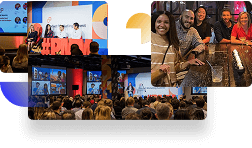
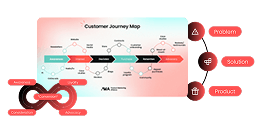


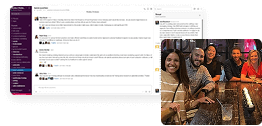
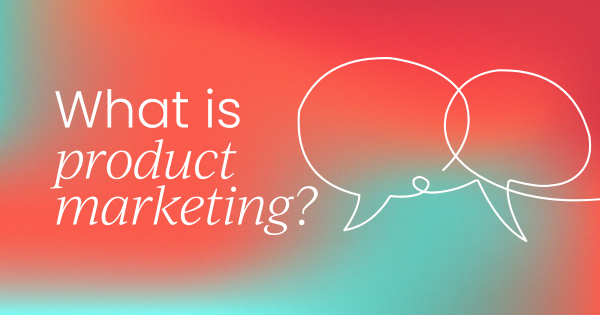
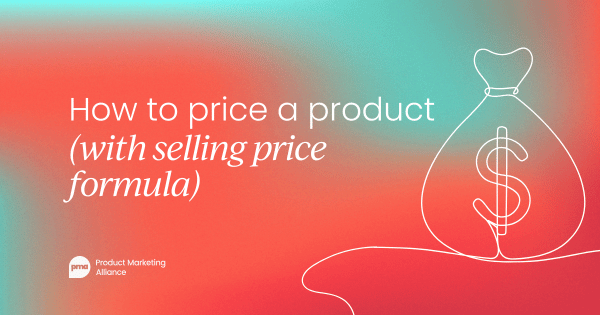
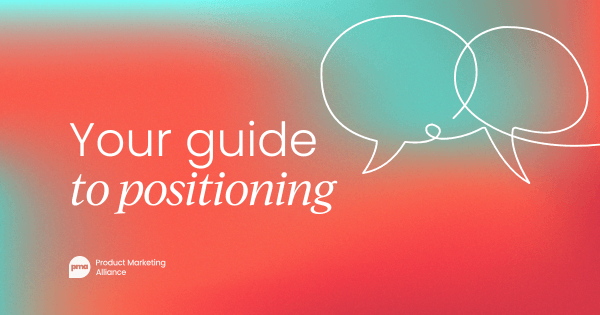
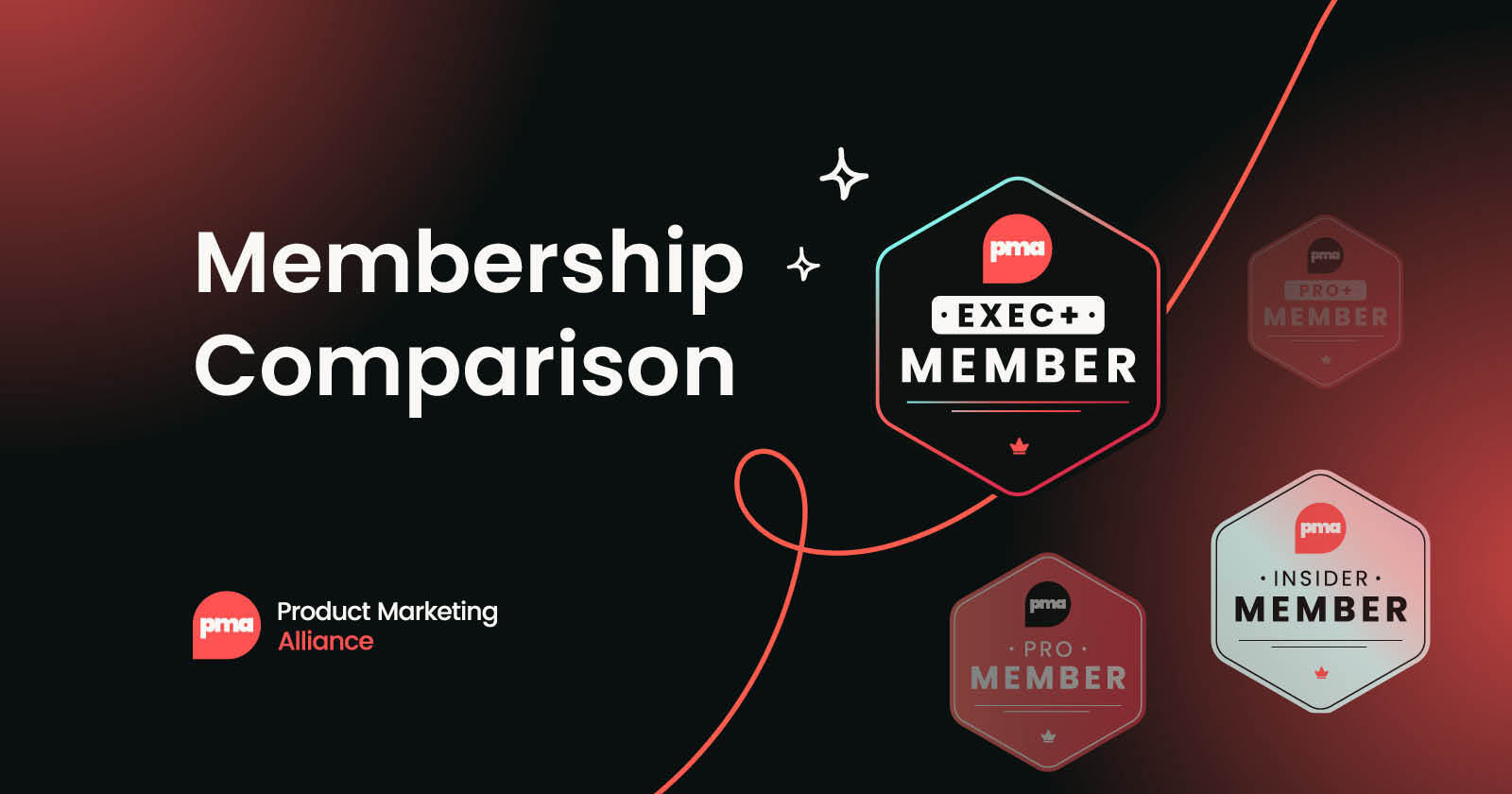
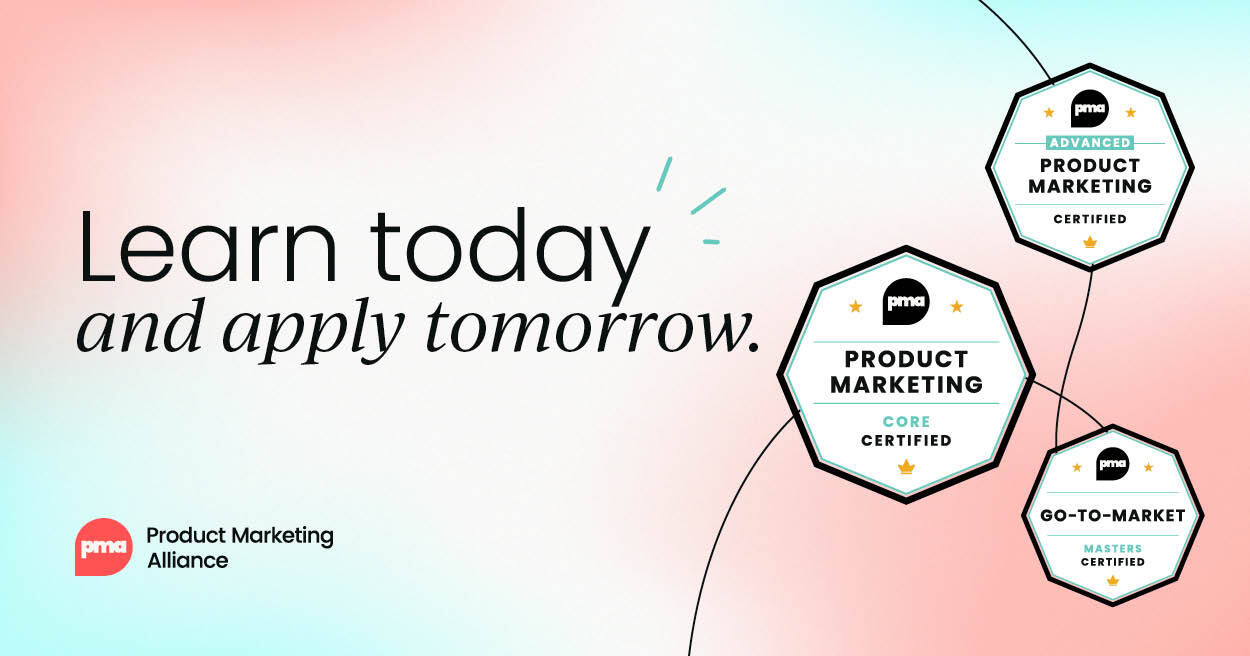
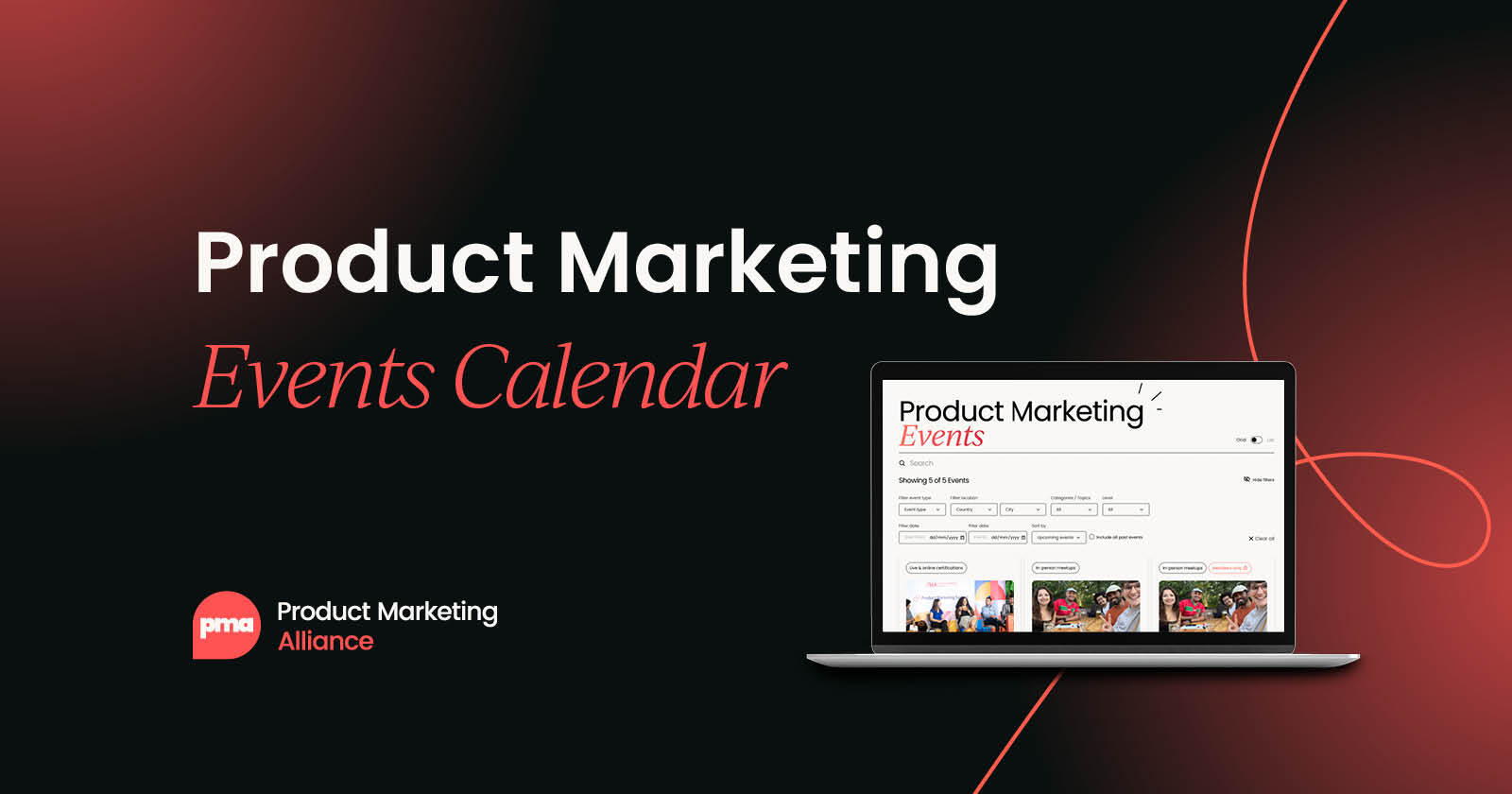
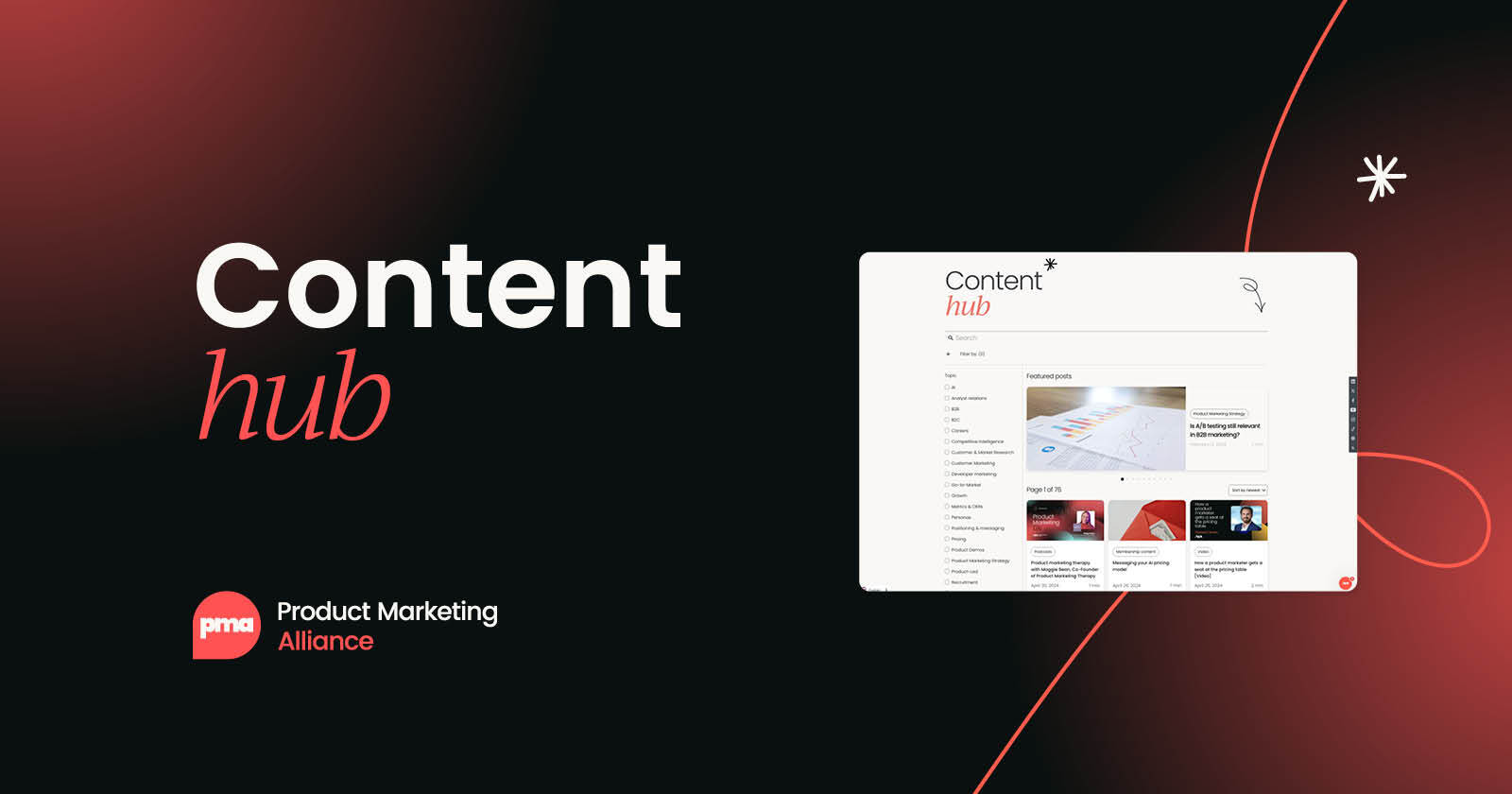

 Follow us on LinkedIn
Follow us on LinkedIn

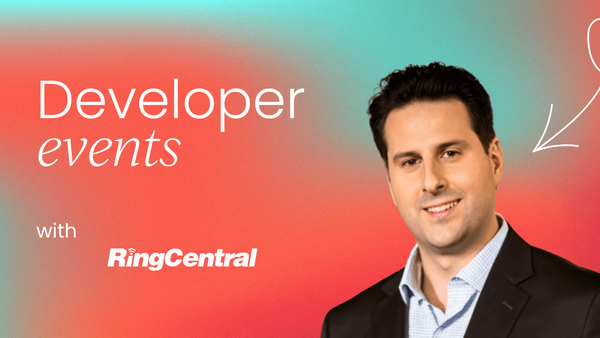


.svg)
Start the conversation
Become a member of Product Marketing Alliance to start commenting.
Sign up now